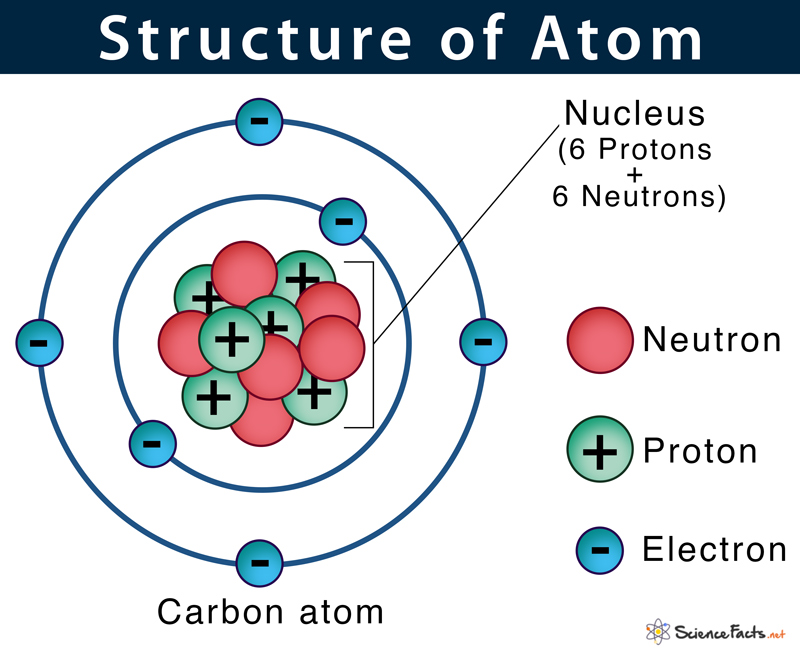
They studied cosmic-ray collisions via a cloud chamber – a particle detector in which moving electrons (or positrons) leave behind trails as they move through the gas. These were discovered by Paul Dirac and Carl D.

He realised that his relativistic version of the Schrödinger wave equation for electrons predicted the possibility of antielectrons. The original idea for antiparticles came from a relativistic wave equation developed in 1928 by the English scientist P. The antiquarks have the same mass, mean lifetime, and spin as their respective quarks, but the electric charge and other charges have the opposite sign. An antiparticle has the same mass and opposite charge (including electric charge).įor example, for every quark there is a corresponding type of antiparticle. In particle physics, corresponding to most kinds of particles there is an associated antiparticle. In particle physics, an elementary particle or fundamental particle is a particle whose substructure is unknown, thus it is unknown whether it is composed of other particles. This is summarized in a theoretical model (concerning the electromagnetic, weak, and strong nuclear interactions) called the Standard Model. So many, that researchers had to organize them, just like Mendeleev did with his periodic table.


A number of fundamental particles have been discovered in various experiments. Quarks and electrons are some of the elementary particles. Particles and Antiparticles Three generations of matter.


 0 kommentar(er)
0 kommentar(er)
